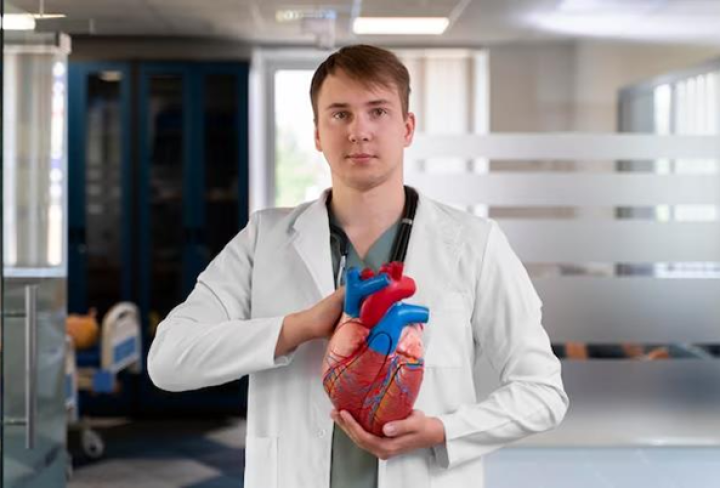The human heart, with its chambers and valves, functions as a miraculous machine, circulating life-sustaining blood throughout our bodies. But what happens when there’s a slight detour in this intricate system? Enter the world of Atrial Septal Defects (ASDs), a condition that might sound complicated but is a bridgeable gap with today’s advancements in cardiology.
Unraveling Atrial Septal Defects (ASD):
ASD is a congenital heart condition characterized by a hole in the septum that separates the heart’s two upper chambers – the atria. While some might imagine it as a flaw, it’s more aptly described as a doorway where there shouldn’t be one, allowing oxygen-rich blood to mix with oxygen-poor blood. The results can vary, but in severe cases, it can put undue strain on the heart and lungs.
Pinpointing the Cause:
The exact cause of ASDs remains elusive. Some studies suggest a combination of genes and environmental factors, while others look at conditions during pregnancy. Regardless of its origins, understanding its manifestations is crucial.
Spotting the Signs:
Interestingly, many with ASD may go through life without ever realizing they have it. Symptoms, if they appear, can be subtle: shortness of breath, fatigue, or swelling in the legs or abdomen. In children, it may manifest as a slower growth rate or respiratory infections.
Diagnosing the Doorway:
Diagnosis of ASD has come a long way. From physical examinations where a murmur might be detected to advanced imaging techniques like echocardiograms, which offer a detailed view of the heart’s structure. Electrocardiograms and cardiac MRI are other tools that cardiologists might employ for a comprehensive understanding.
Medicating and Mending:
The treatment landscape for ASD is promising. Small defects often require no treatment and may close on their own. For medium to large ASDs or those causing symptoms, closure becomes necessary. While surgery was once the primary option, today, catheter procedures have gained traction. These involve threading a catheter through a vein to the heart and placing a closure device – a less invasive approach with quicker recovery times. Medications, though not a cure, can alleviate symptoms. Diuretics, for example, can help reduce fluid buildup in the lungs.
Embracing the Future:
The prognosis for those with ASD is overwhelmingly positive. With early detection, appropriate intervention, and regular follow-up, individuals can lead full, active lives. The narrative around ASD is shifting from one of challenge to one of hope.
In wrapping up, the realm of Atrial Septal Defects is vast and ever-evolving. What remains constant, however, is the commitment of the medical community to bridge the gaps in our understanding and treatment, ensuring that every heart gets its chance to beat to its unique rhythm.
